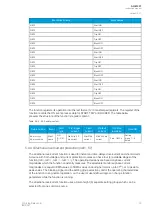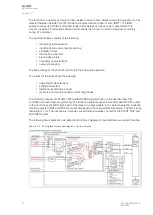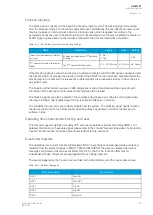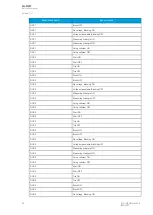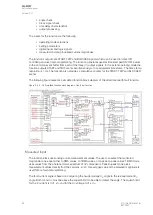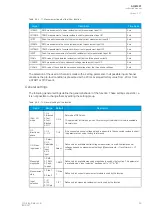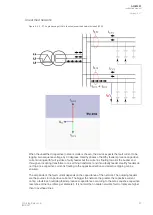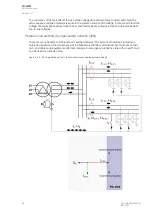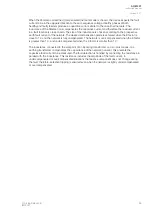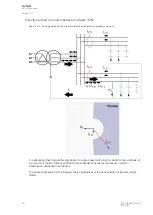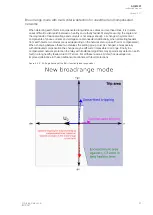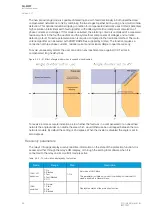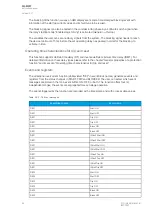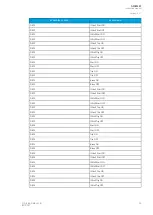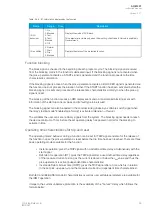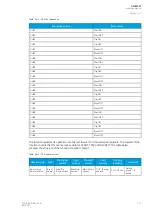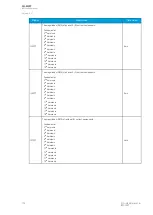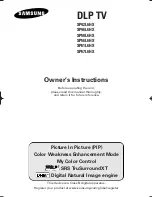
When the Petersen coil earthed (compensated) network mode is chosen, the device expects the fault
current to be in the opposite direction to the zero sequence voltage. Healthy phases of both
healthy and faulty feeders produce a capacitive current similar to the unearthed network. The
inductance of the Petersen coil compensates the capacitive current and therefore the residual current
in a fault location is close to zero. The size of the inductance is chosen according to the prospective
earth fault current of the network. The desired compensation grade is achieved when the K factor is
close to 1.0 and the network is fully compensated. The network is overcompensated when the K factor
is greater than 1.0, and undercompensated when the K factor is smaller than 1.0.
The inductance connected to the star point of an incoming transformer or -as in most cases- to a
earthing transformer compensates the capacitance of the network; however, this prevents the
capacitive fault current to be measured. The fault detection is handled by connecting the resistance in
parallel with the inductance. This resistance includes the amplitude of the fault current. In
undercompensated or overcompensated situations the resistive component does not change during
the fault; therefore, selective tripping is ensured even when the network is slightly undercompensated
or overcompensated.
A
AQ
Q-M257
-M257
Instruction manual
Version: 2.07
© Arcteq Relays Ltd
IM00021
89
Summary of Contents for AQ-M257
Page 1: ...AQ M257 Motor protection IED Instruction manual...
Page 2: ......

